|
By Leah Parker, MAEd, Barclay Genealogy Researcher In our last blog, we visited the lovely coastal town of Stonehaven, which was heavily influenced by members of Clan Barclay. Just two and a half miles northwest of Stonehaven stands the ruins of the Urie Estate, home to Colonel David Barclay, first laird of Urie, and subsequent lairds of Urie and also headquarters of the Quaker movement in Scotland. (Note that we find spellings Urie and Ury in records, but we will default to the Urie spelling here.) Urie has a rich history, and I want to share some of its stories with you. The Gazetteer for Scotland shares the following history of Urie: "Urie [was] a mansion in Fetteresso parish, Kincardineshire, on the left bank of Cowie Water, 2 miles NNW of Stonehaven. ...The first known possessors of the estate were the Frasers, a family of renown in early Scottish history, whose chief was designated Thane of Cowie. Through the marriage of Margaret Fraser with Sir William Keith, it passed to the Marischal family. The barony of Urie, which then included the lands of Elsick and Muchalls, was sold in 1413, along with other possessions, to William de Hay, Lord of Errol. It remained in the possession of the Hay family till 1640, when the estate of Urie was purchased by William, Earl Marischal, Elsick and Muchalls having in the interval passed into other hands. About 1647 it was sold to Col. David Barclay, third son of Barclay of Mathers, the representative of the ancient De Berkeleys. Col. Barclay, 'having religiously abdicated the world in 1666 and joined the Quakers,' at his death in 1686 was succeeded by his son, Robert Barclay (1648-90), the famous Quaker apologist." A History of the Barclay Family, Part III, unfolds this story: “…Colonel [David] Barclay looked with a discerning eye on the gently undulating ground, the ‘little hills’ from which the shire of the Mearns derived its name, the sunny southern slopes where the young saplings were already beginning spring again, the Cowie River with its fresh and salt water, and excellent salmon and trout fishing. We may conclude from the many references to the rights, that both the Colonel and his son [Robert] were keen fisherman. The easy approach to the seaport of Stonehaven was also of great importance in those days…” (pp 23-24). “We can imagine with what thankfulness of heart David Barclay set to work to build his house and restore his property. He erected a long, low, solidly built mansion out of great blocks of local granite, on the top of a steep bank, at the foot of which ran the burn. It faced south-east, so the morning sun shone on its steep roofs and whitewashed walls. He built it with two ‘pepper-pot’ turrets, a sign of the characteristic of those times, a sign of the occupancy of the owner… (p 75). “As soon as the house was completed [Colonel David Barclay Urie I] handed over the whole property to his son Robert, who had married in 1669.... Urie from henceforth became the centre of the Quakers in the north, and the meetings there held first monthly, and then weekly, were attended by increasing number of tenants and neighbours….” (p 76). Notice the little meeting house to the right of the castle. “David Barclay… made a burial ground on the top of a steep hill in Urie… which he purposed to surround with a stone wall and locked gate, so that no unauthorised person could break in. He left the building of the wall to his son Robert, in his last directions. Here lie the Colonel himself, his son Robert and his wife, with the successive members of this family who inherited Urie, down to the year 1853” (p 77). This mausoleum became known as the Urie Houff. After Robert Barclay Urie III inherited the estate, he set to work improving it, “and a description of the property in 1722 gives a clear picture of his environment. It speaks of the ‘Mannor Place of Urie’ as ‘being charmingly surrounded with very fine gardens, the south wall of which is washed with the water of Cowie, and the East is so near a large brook that nothing intervenes but a slip of ground planted with fir trees, for a fence to the garden. This brook is well stockt with large fine trouts, and runs through an enclosure of cow pasture. It is very healthfully placed upon a gravelly soil, sloping to the south towards the river, so that the gardens are very delightfully placed below one another, quite to the river side, and although standing upon an eminency, which gives it a good prospect of the sea.... The house is an old castle-built house having very thick walls.... [A]lso…to the north west of the house he hath a larger loch in which were found an old helmet with a name supposed to be Danish, and shin pieces, which he gave to Sutherland the antiquary…. The advantage of the Estate House being rightly considered in the healthfulness of its situation, the regularity of its gardens, the extensiveness of its enclosures, the nearness of a seaport town, the plenty of fishing, both in salt and fresh water, the abundance of game of all sorts both at sea and land, makes it a very delightful habitation’” (pp 203-205). “On the death of Captain Robert Barclay-Allardice [Urie VI] in 1854 , the representation for the family passed to Charles Barclay of Bury Hill, great-grandson of David Barclay of Cheapside, second son of the Apologist, who became ‘Chief of Mathers and Urie’” (p 231). The Gazetteer for Scotland picks up the story here: "[Robert Barclay, the Quaker Apologist's] great-grandson and namesake (1751-97) in 1777 married the heiress of Allardice…, and improved the estate, granting feus, from which the New Town of Stonehaven has arisen. His son, Capt. Rt. Barclay-Allardice (1779-1854), was famous as an agriculturist, and still more for his pedestrian feats, having in 1809 walked 1000 miles in 1000 consecutive hours. At his death the estate was purchased by the late Alex. Baird, Esq., ironmaster at Gartsherrie, who was succeeded in 1862 by his brother, John Baird, the father of the present laird, Alex. Baird, Esq. (b. 1849; suc. 1870). With the adjacent estate of Rickarton, purchased in 1875, the lands extend to about 10,000 acres, and yield a rental of about £7500." The Baird family built a new house and completed it in 1885 in the Elizabethan style. It was the largest mansion in the county at the time. The house was damaged by fire and has since fallen into a state of disrepair. And what of the Urie Estate today? If you want to visit Urie, you will have to wait. I know because I tried. I found it on a map but only got as close as the small road that forks off the main road. The small road was closed due to the reconstruction project. I was able to snap a photo of an old round structure with a plaque labeling it “Ury North Lodge” at the beginning of the small road, though. Old Map of Urie and Surrounding Area Current Map of Urie and Surrounding Area Neglected for years, plans are in place to restore the 1885 estate. FM Group is reconstructing the building to house luxury flats and developing an 18-hole Jack Nicklaus Signature Championship Golf Course. I hope to visit this place when it is ready to welcome visitors! Please can I book my flight to Scotland?
15 Comments
|
AuthorMy name is Leah, and I am the daughter of a Barclay. As an historian and genealogy researcher, I am proud of my Barclay roots and want to preserve and share our stories. Join the conversation at Clan Barclay International Facebook Page.
Archives
March 2021
Categories
All
CLAN BARCLAY INTERNATIONAL
Copyright © 2021
|
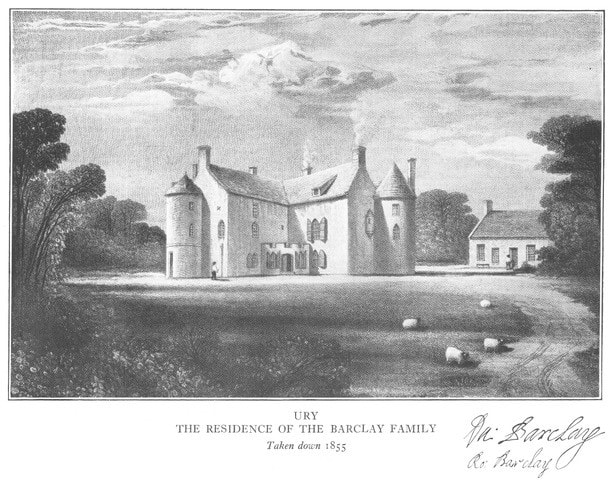
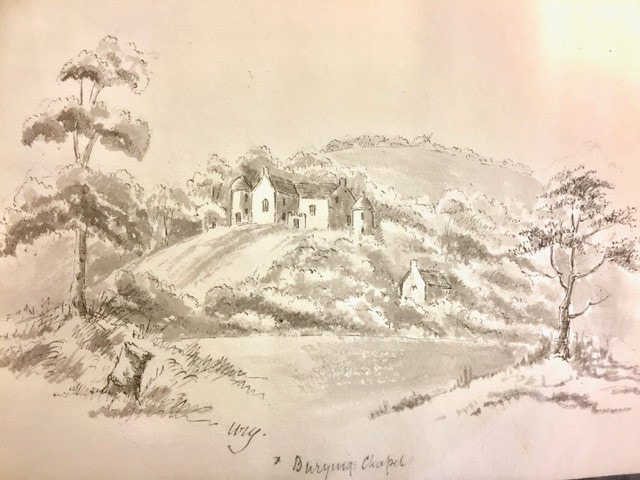
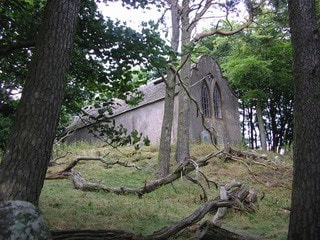
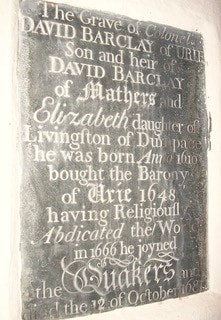
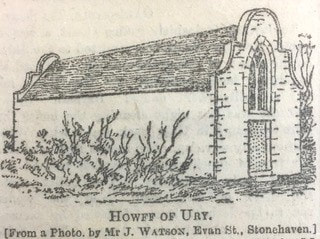
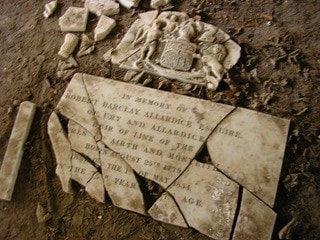
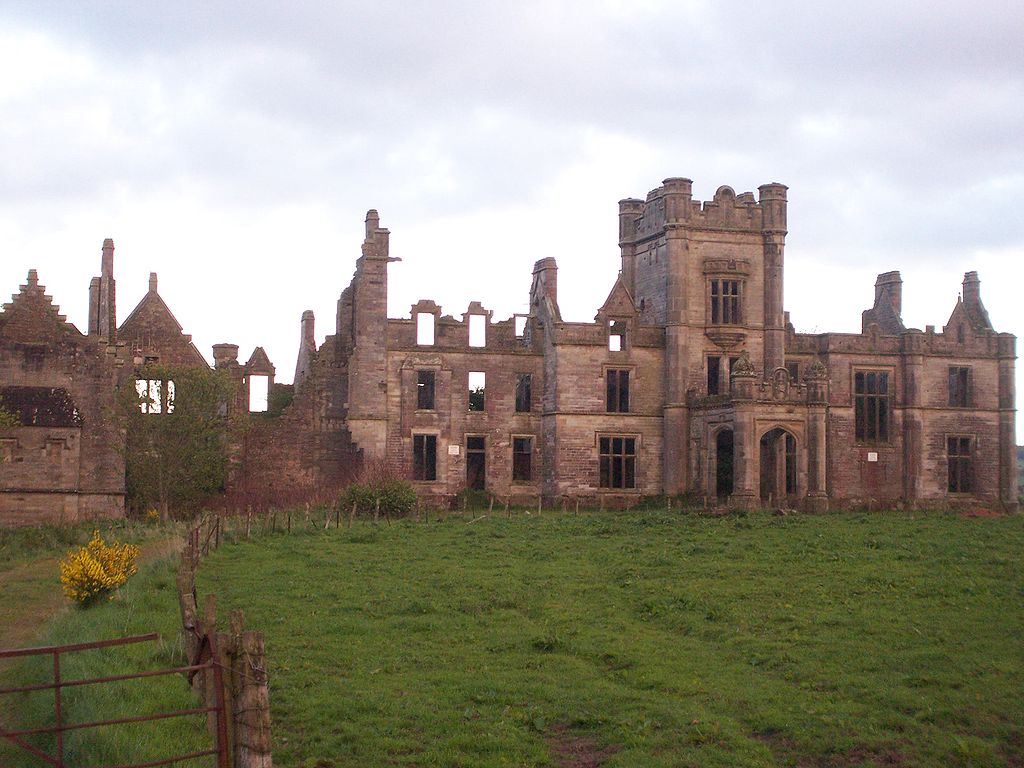
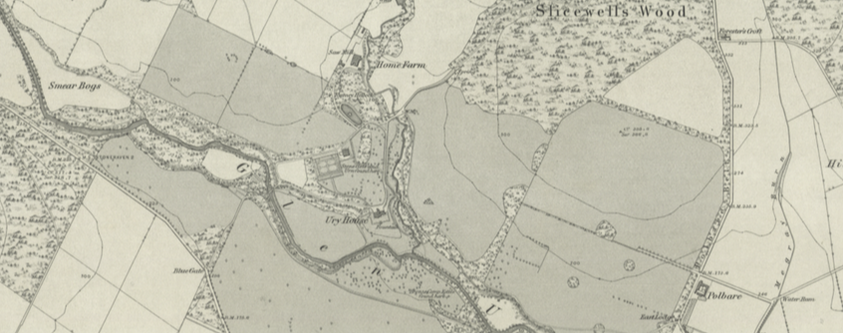
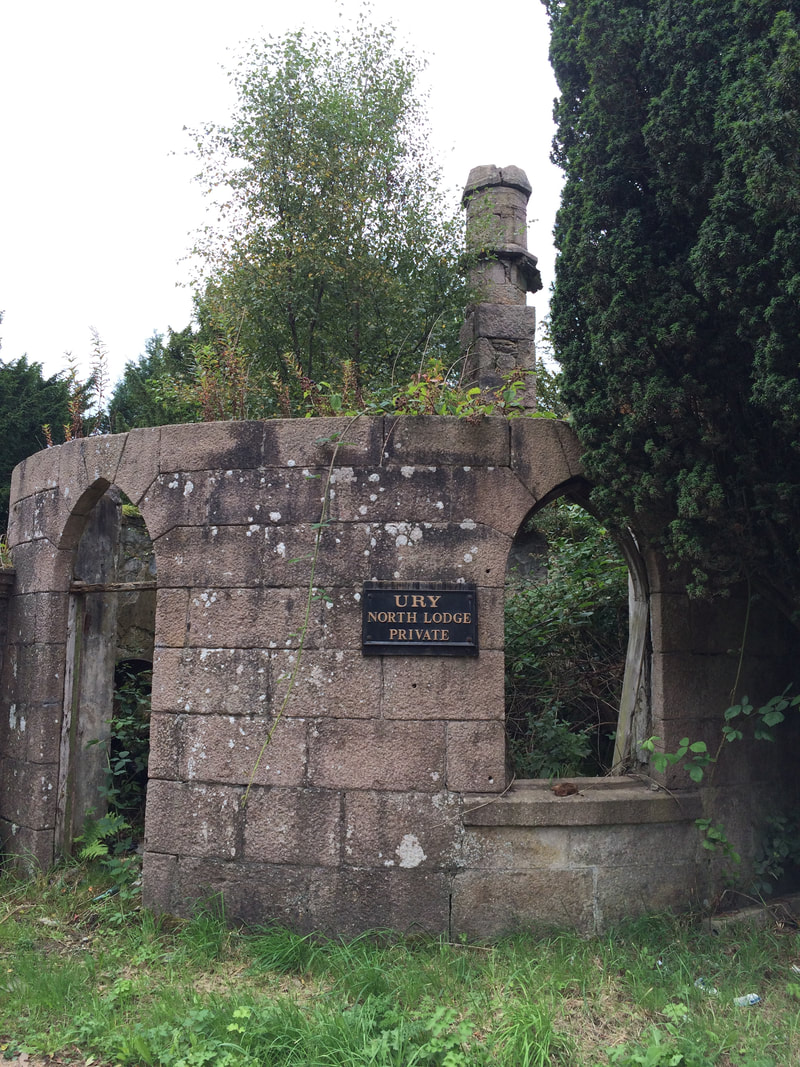
 RSS Feed
RSS Feed